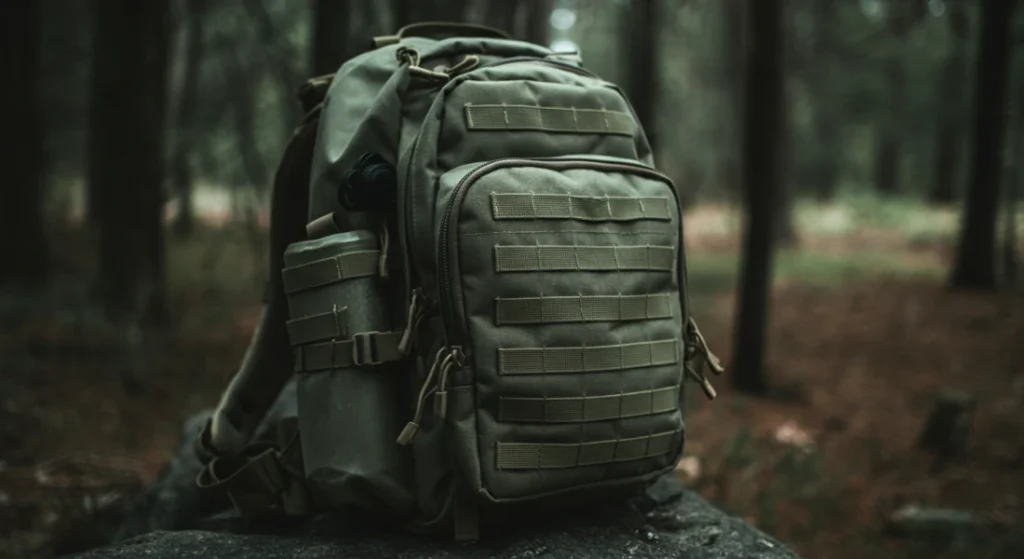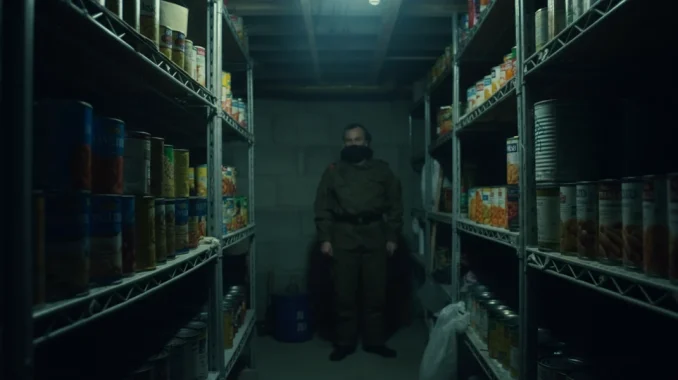Disasters and emergencies can happen at any time—natural disasters, power outages, conflicts, or other crises. Having a clear and simple emergency plan helps ensure your family knows what to do, stays safe, and remains calm under pressure.
This guide will walk you through creating a step-by-step emergency plan tailored to your family’s needs.

Step 1: Identify Potential Risks
Every region has different risks. Think about the most likely emergencies where you live.
Common Risks to Consider:
- Natural Disasters – Floods, wildfires, earthquakes, storms, etc.
- Power & Water Outages – Long-term blackouts, gas leaks, or water supply issues.
- Conflicts & Civil Unrest – Protests, war, terrorism, or major public safety threats.
- Health Emergencies – Pandemics, medical crises, or injury situations.
- Evacuations – Fire, chemical spills, or other reasons to leave home quickly.
Understanding these risks helps you prepare for the most realistic emergencies.
Step 2: Create a Family Communication Plan
During an emergency, staying in touch is crucial. Phones may not work, so have backup plans.
What to Do:
- Create an Emergency Contact List
- Family members’ phone numbers.
- Emergency services (police, fire, hospital).
- Close friends or relatives outside your city.
- Choose a Primary Meeting Spot
- Near your home (example: a neighbor’s house).
- Outside your neighborhood (example: a library or park).
- Have an Out-of-Area Contact
- A relative or friend in another city who can relay messages.
- Use Multiple Communication Methods
- Text messages (more reliable than calls in an emergency).
- Radio or walkie-talkies (if cell networks fail).
- Social media or email (for updates if safe).
Example: “If something happens and we get separated, we’ll meet at Grandma’s house. If phones don’t work, we’ll leave a note there.”
Step 3: Plan for Shelter & Evacuation
Decide whether your family stays home (shelters in place) or evacuates.
If You Need to Stay Home (Shelter-in-Place):
- Stock up on food, water, and essential supplies (at least two weeks’ worth).
- Have a safe room for protection (such as a basement for storms).
- Close windows, lock doors, and secure entrances.
If You Need to Evacuate:
- Decide on Safe Destinations
- Friend or family member’s home.
- A public shelter or emergency evacuation center.
- Plan Escape Routes
- Multiple routes in case roads are blocked.
- Use maps and GPS for alternative paths.
- Pack a Go-Bag (Emergency Bag)
- See full checklist below.
- Have a Transportation Plan
- Keep your car full of gas.
- Have backup transport (bike, walking routes).
Example: “If we have to leave quickly, we’ll drive to Uncle Tom’s house 20 miles away. If roads are blocked, we’ll take the back road.”
Step 4: Build an Emergency Kit
Every family should have a Go-Bag (for quick evacuation) and a Home Survival Kit (if staying put).
Go-Bag Essentials (For Each Person)
- Water & Food (3-day supply)
- First-aid kit
- Flashlight & extra batteries
- Personal ID, important documents (in waterproof bag)
- Cash & coins
- Clothing & warm layers
- Phone charger & power bank
- Hygiene supplies (toothbrush, soap, toilet paper, wet wipes)
- Multi-tool or Swiss Army knife
- Whistle (to signal for help)
- Local maps
- Medication (7-day supply)
- Notebook & pen (for writing emergency messages)
Home Survival Kit (If Staying In Place)
- 2-week food supply (non-perishable)
- 5 liters of water per person, per day
- Cooking stove & fuel
- Extra blankets & warm clothing
- Duct tape & plastic sheets (for sealing doors/windows if needed)
- Fire extinguisher
- Solar/hand-crank radio
- Generator or alternative power source
- Pet supplies (if applicable)
Keep Go-Bags near the front door so they’re easy to grab in an emergency.
Step 5: Prepare for Special Family Needs
Not every family is the same—consider children, elderly members, pets, or medical needs.
For Children:
- Teach them emergency phone numbers.
- Practice what to do if separated.
- Pack comfort items (stuffed toy, book, snacks).
For Elderly & Disabled Family Members:
- Ensure mobility aids (wheelchairs, walkers) are accessible.
- Have a list of medications and medical contacts.
- Arrange backup caregiving support if needed.
For Pets:
- Pack pet food, leash, and water bowls in your Go-Bag.
- Keep a pet carrier handy for quick evacuation.
- Make sure they are microchipped and have ID tags.
Example: “Grandpa needs insulin, so we’ll always keep extra in our emergency bag.”
Step 6: Practice Your Emergency Plan
A plan is useless if your family doesn’t know what to do!
How to Practice:
- Do a Family Meeting
- Review the emergency plan together.
- Run an Escape Drill
- Practice leaving the house fast.
- Test Communication Methods
- Try calling/texting during an outage.
- Check Your Emergency Kit Every 6 Months
- Replace expired food, batteries, and meds.
Example: “Every 6 months, we will check our Go-Bags and practice our evacuation route.”
Final Checklist: Is Your Family Prepared?
- We have a family emergency contact list.
- We have a meeting spot in case of separation.
- We know whether to shelter in place or evacuate.
- We have emergency bags packed and ready.
- We practiced our plan and know what to do.
By preparing in advance, your family will stay safer and feel more in control during any crisis. Start planning today!




